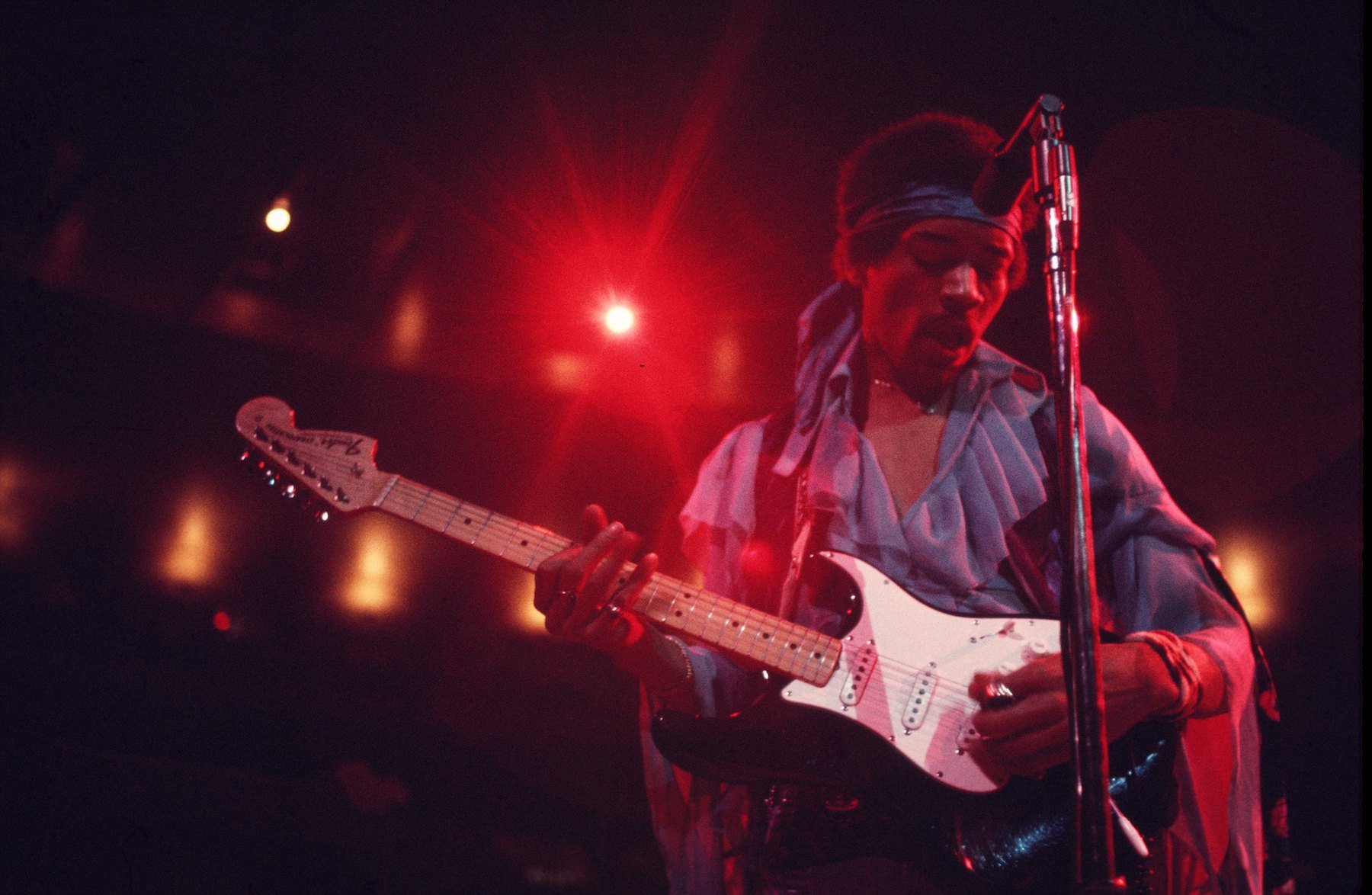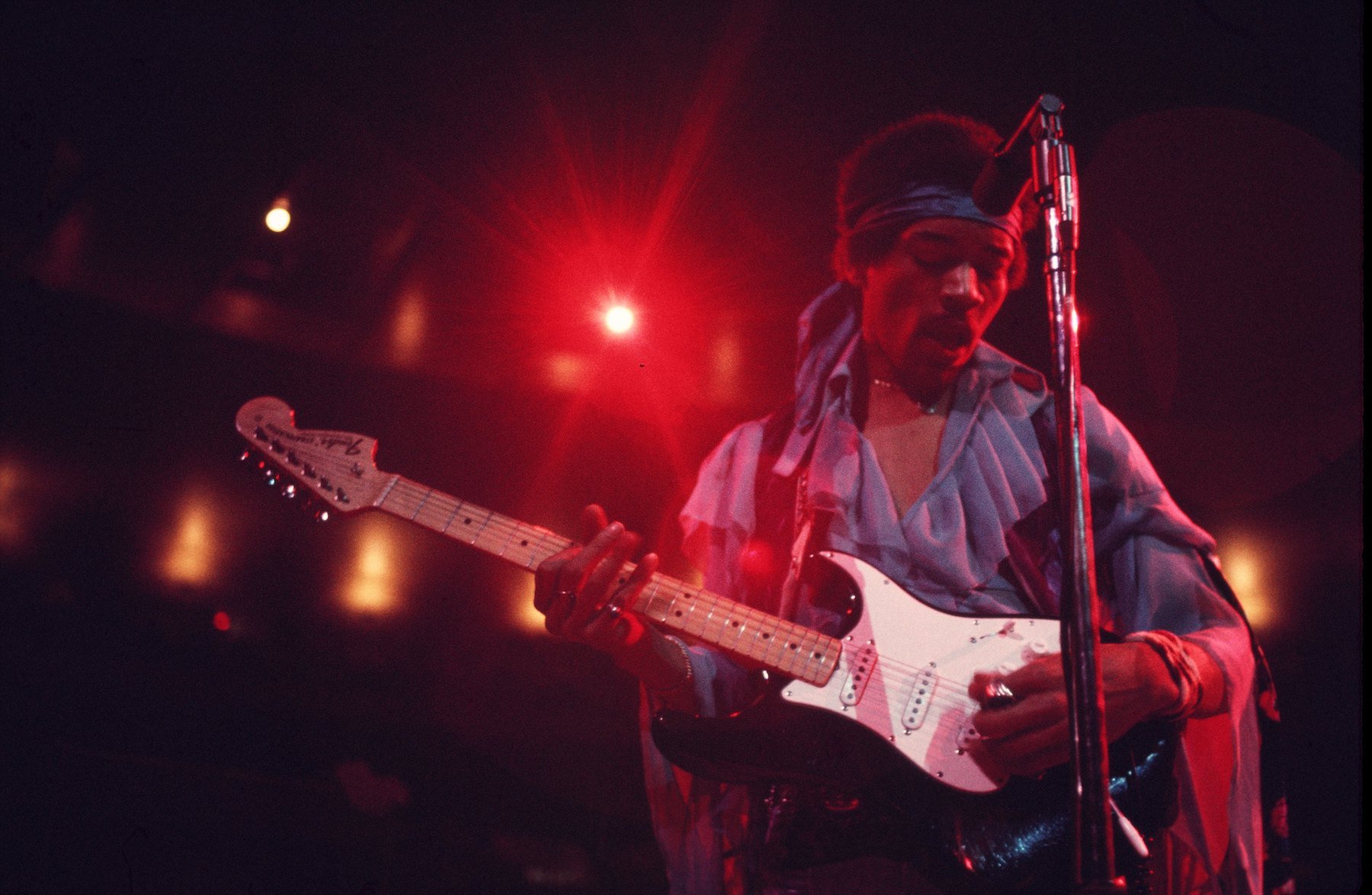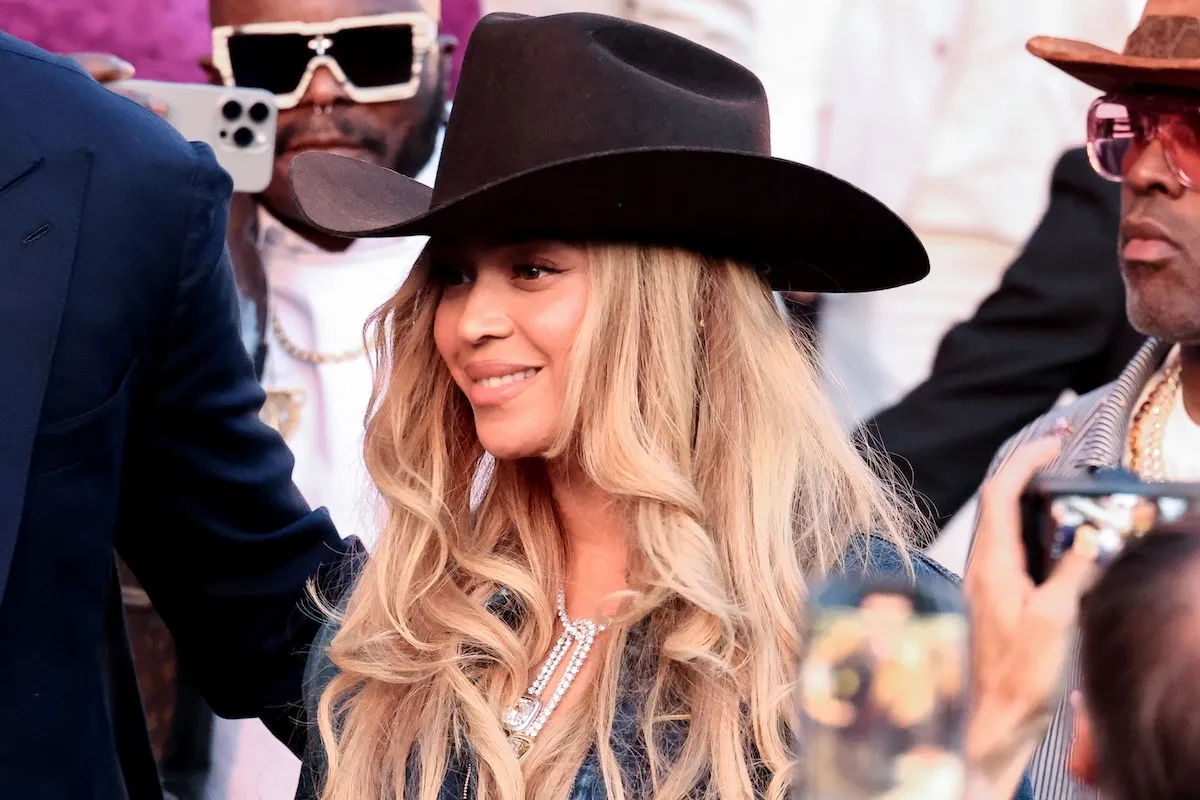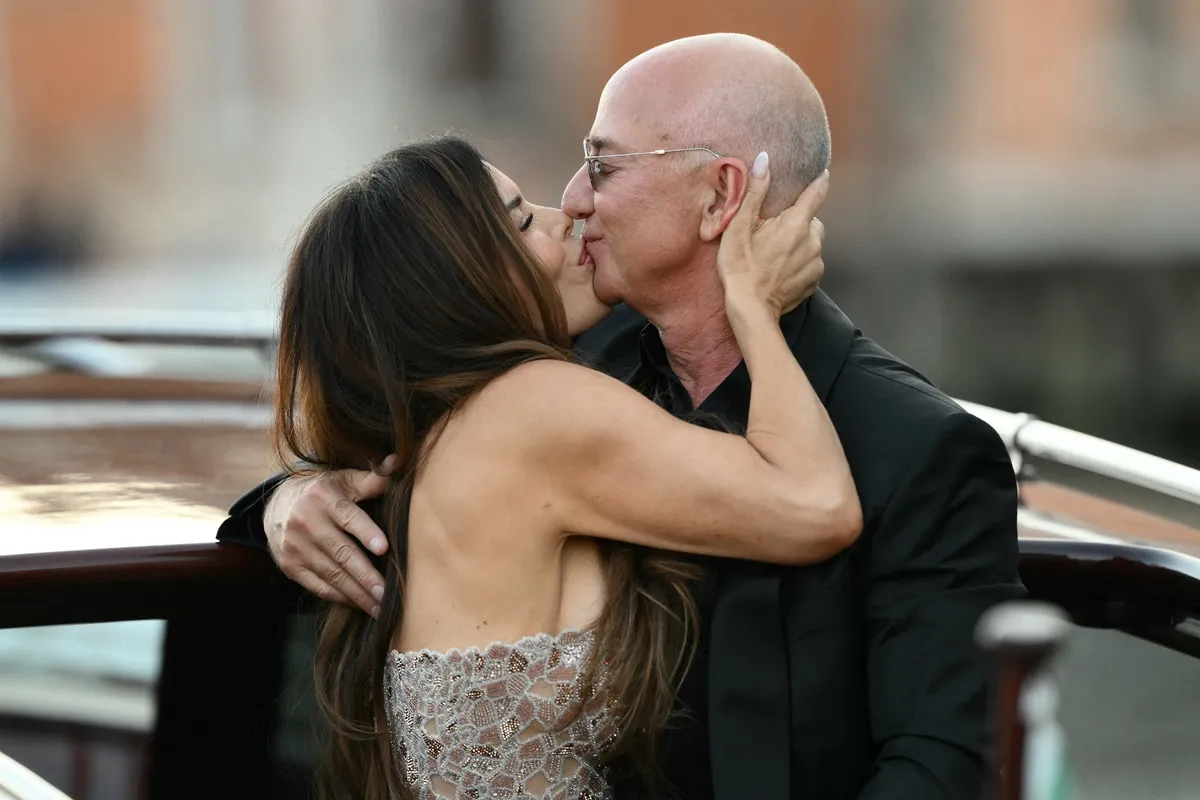
How Jimi Hendrix’s Woodstock Rendition of ‘The Star-Spangled Banner’ Was an Act of Protest
Jimi Hendrix was one of rock‘s breakout stars in the late 1960s. He became known for his over-the-top stage performances that often made headlines. His performance at the infamous Woodstock Music and Art Fair in August 1969 became a part of music history for several reasons, not the least of which was his rendition of “The Star-Spangled Banner.”

Jimi Hendrix became famous in the late 1960s
Jimi Hendrix got his start as a professional musician playing backing guitar for big-name acts like Little Richard, Ike and Tina Turner, and The Isley Brothers. In the mid-1960s, Hendrix began to form his own band, The Jimi Hendrix Experience, and quickly made a name for himself as a solo star.
The Jimi Hendrix Experience released its debut album Are You Experienced in May 1967. Hendrix’s profile as a rock musician grew: in June 1967, he took the stage at the Monterey International Pop Festival in what became an iconic performance as he set fire to his guitar on stage.
The band released their sophomore album Axis: Bold as Love in December of that year. The Jimi Hendrix Experience’s third and final album, Electric Ladyland, would come out in October 1968.
Jimi Hendrix performed ‘The Star-Spangled Banner’ in protest of the Vietnam War
Before he was a professional musician, Jimi Hendrix enlisted in the army in 1961 and was a paratrooper in the 101st Airborne. He was honorably discharged a year later and went on to work on his music career. In the mid-1960s, however, as his career began to pick up, so too did the United States’ efforts in the Vietnam War.
In August 1969, as the Vietnam War grew even more intense, Jimi Hendrix appeared at the Woodstock festival in upstate New York for a closing performance on a Monday morning. Toward the end of the performance, he began playing his song “Voodoo Child (Slight Return),” and transitioned into a rendition of “The Star-Spangled Banner.”
His performance of the national anthem, however, was anything but reverent. It was filled with audio feedback and distortion and screeching guitar riffs that turned listening to the national anthem into a horrific experience. He ended the song with a snippet of “Taps,” often used to mark the death of soldiers.
Hendrix’s “Star-Spangled Banner” was viewed as a protest against the Vietnam War for its distortion of the national anthem and its homage to the dead left on the battlefield. It became a statement not just against the Vietnam War, but against war itself.
Hendrix died a year later
By the time he performed at Woodstock, Hendrix’s music career was already on shaky ground. The Jimi Hendrix Experience had broken up in June 1969, two months before he took the stage at Woodstock with a new band. At the same time, Hendrix began descending further into the throes of addiction.
In 1970, he began recording songs for what would have been his final LP. He opened his recording studio Electric Lady Studios in New York in the late summer and boarded a flight to London, where he’d written and recorded many of The Jimi Hendrix Experience’s songs over the years. In September 1970, Hendrix died of a barbiturate overdose in London after performing a handful of shows.


